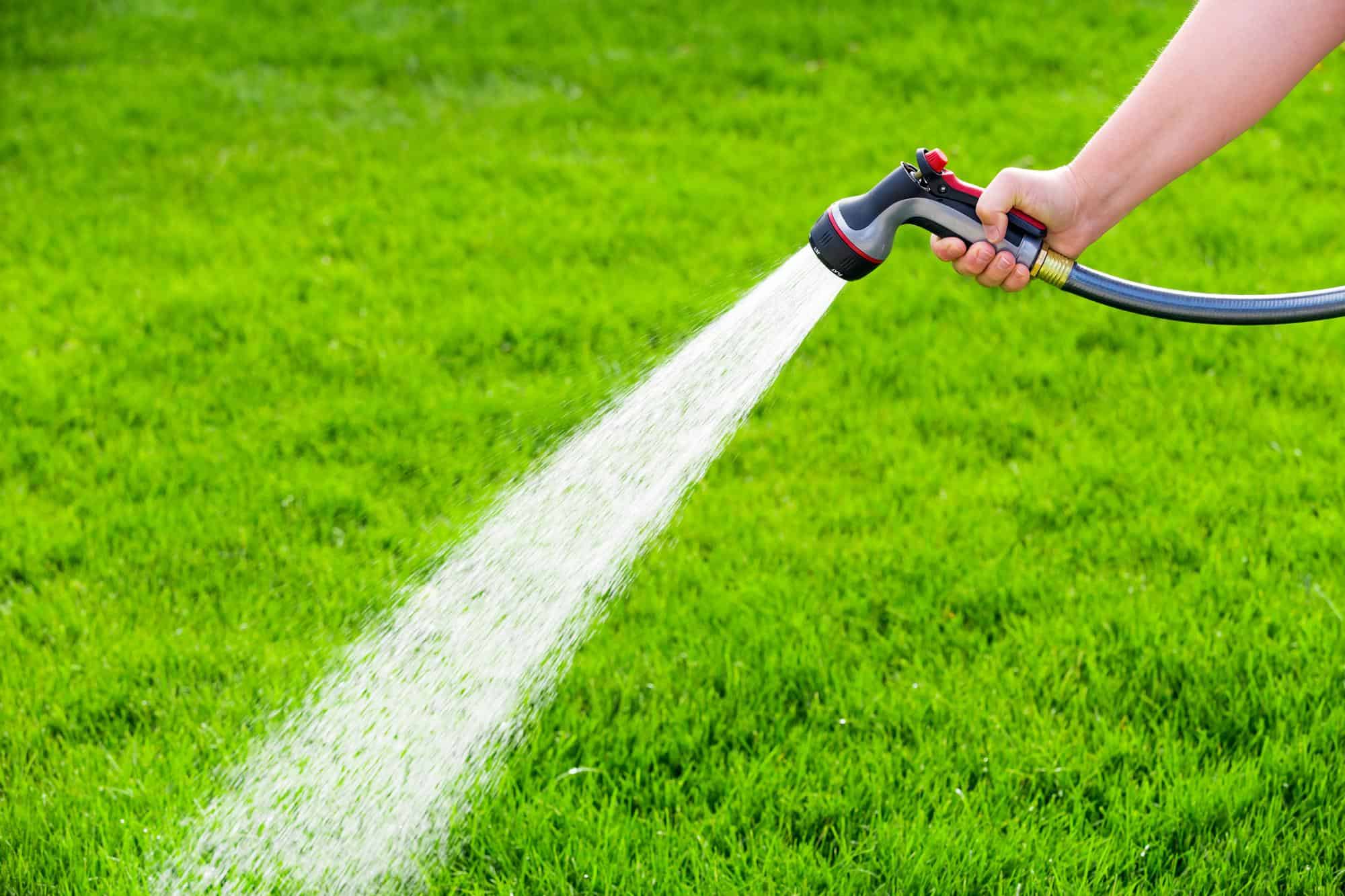Have you recently had issues with your lawn?
Some issues you may be experiencing include sandy soil, weed invasion, and matted grass. Additionally, in drought-prone regions, your lawn could simply be too brown.
If you’re noticing problems like these, it’s time to oversee your lawn. Also known as renovation, this is an effective way to revive your overgrown lawn.
Not quite sure what to do when it comes to overseeding a lawn? Wondering whether it’s the right choice for you and your landscaping?
Well, you’re in luck. In this guide, we’ll be walking you through everything you should know about overseeding your lawn.

Table of Contents
Choosing the Right Seed for Overseeding
Overseeding is an effective way to bring your lawn back to life. When choosing grass seed for overseeding, it’s important to do your research and make sure you have the right kind of seed for your existing lawn and the desired result. The major categories of turfgrass seed include warm-season, cool-season, and forage grasses.
Each type has its characteristics and is best suited for different climates and conditions. To ensure the best results when overseeding, select a seed variety that is well adapted to the environment and will perform well in drought and disease conditions.
Also Read: High-Tech Water Features Are All the Rage: How Do They Work?
Estimating Coverage and Amount of Seed Needed
To overseed your lawn, estimating the cover and seed needs is crucial to achieving a successful result. Factors to consider include the lawn’s size, grass type, turf density, and overseeding amount.
A seed calculator can provide an estimate in pounds per 1000 sq. ft. For small areas, 2 lbs of seed per 1000 sq. ft. or 3/4 to 1 lb for seeded areas can be used. To ensure even coverage, use a cyclone seeder and spread seeds over the target area.
Preparing the Lawn for Overseeding
To prepare a lawn for overseeding, follow established techniques. Increase mowing height to develop a deeper root system and improve seedling growth. If neglected, fertilize the lawn a few weeks before overseeding to add nutrients.
Clear the lawn of debris and build-up of thatch to create a healthy environment for new seed growth. Use a power rake or aerator to loosen the soil and help the seed contact it and establish roots.
If you’re looking for great results when overseeding your lawn, it’s often best to hire a landscaping service, such as Davidsonlandscapingllc.com to get the job done. Landscaping services have the equipment, experience, and expertise to seed and fertilize your lawn quickly and efficiently.
Timing and Application Strategies
Timing and application strategies are essential when overseeing a lawn. The best time to overseed your lawn is in late summer or early fall when temperatures are still warm, but the soil is not too hot. This will give the established grass the time it needs to develop a healthy root system before winter hits.
The area should also be well nourished with compost and fertilizer before seeding for the greatest seed germination. The seeds should be spread over the lawn with a broadcast spreader or hand spreader.
Watered into the soil to ensure the greatest contact between seed and soil. Mow the overseeded area, but at a higher height than recommended for established lawns.
Also Read: A Guide to Keep Your First Home Looking Brand New for Years
Learn More About Overseeding a Lawn
Overseeding a lawn is easy nd can be done in the fall or late winter. With the right amount of preparation, quality seed, and consistent watering, you can have a lush, full lawn that will make your neighbors envious! Take the time now to learn the basic techniques and get ready for lawn renovation.
Did you find this article helpful? Check out the rest of our blogs!

Leave a Reply